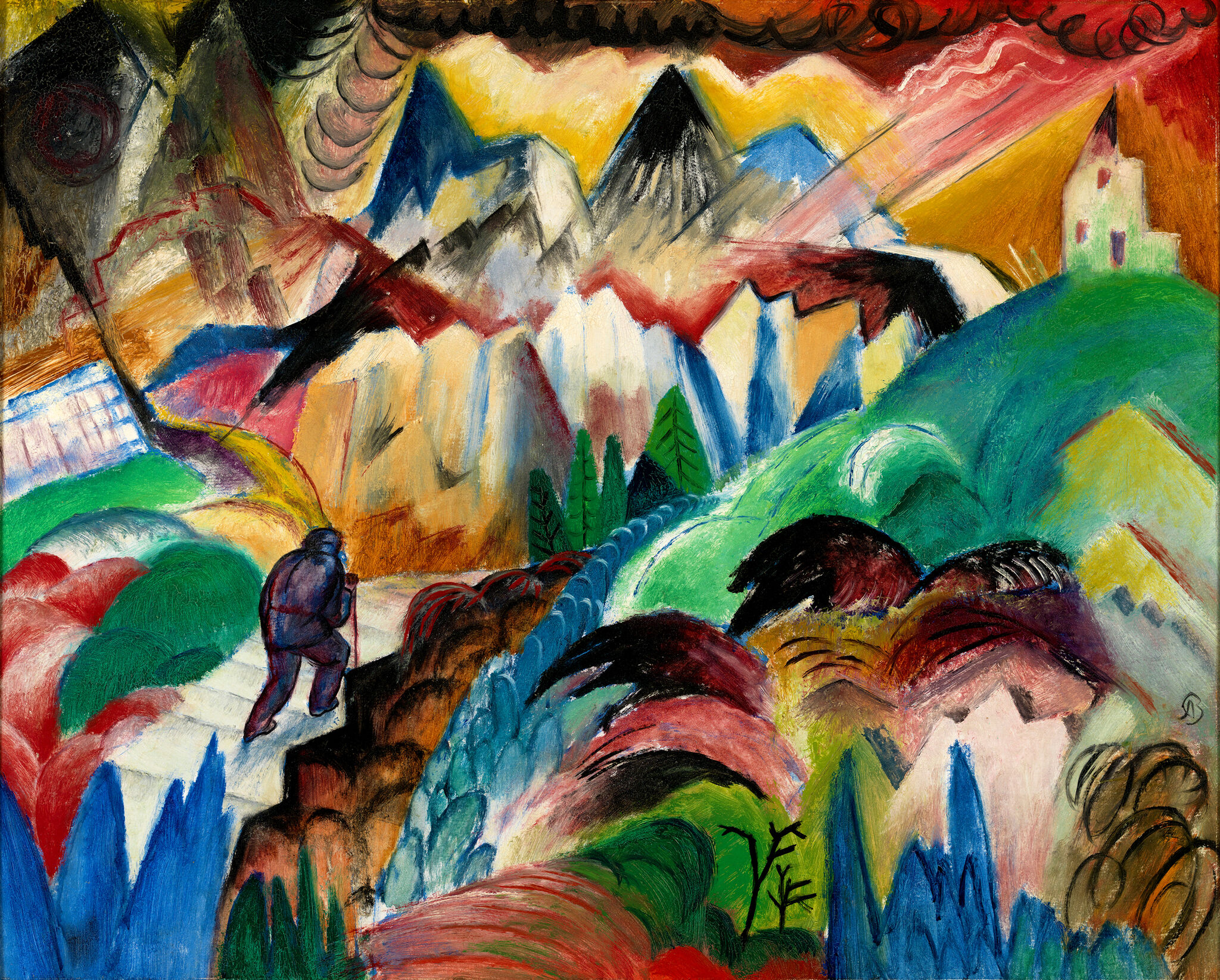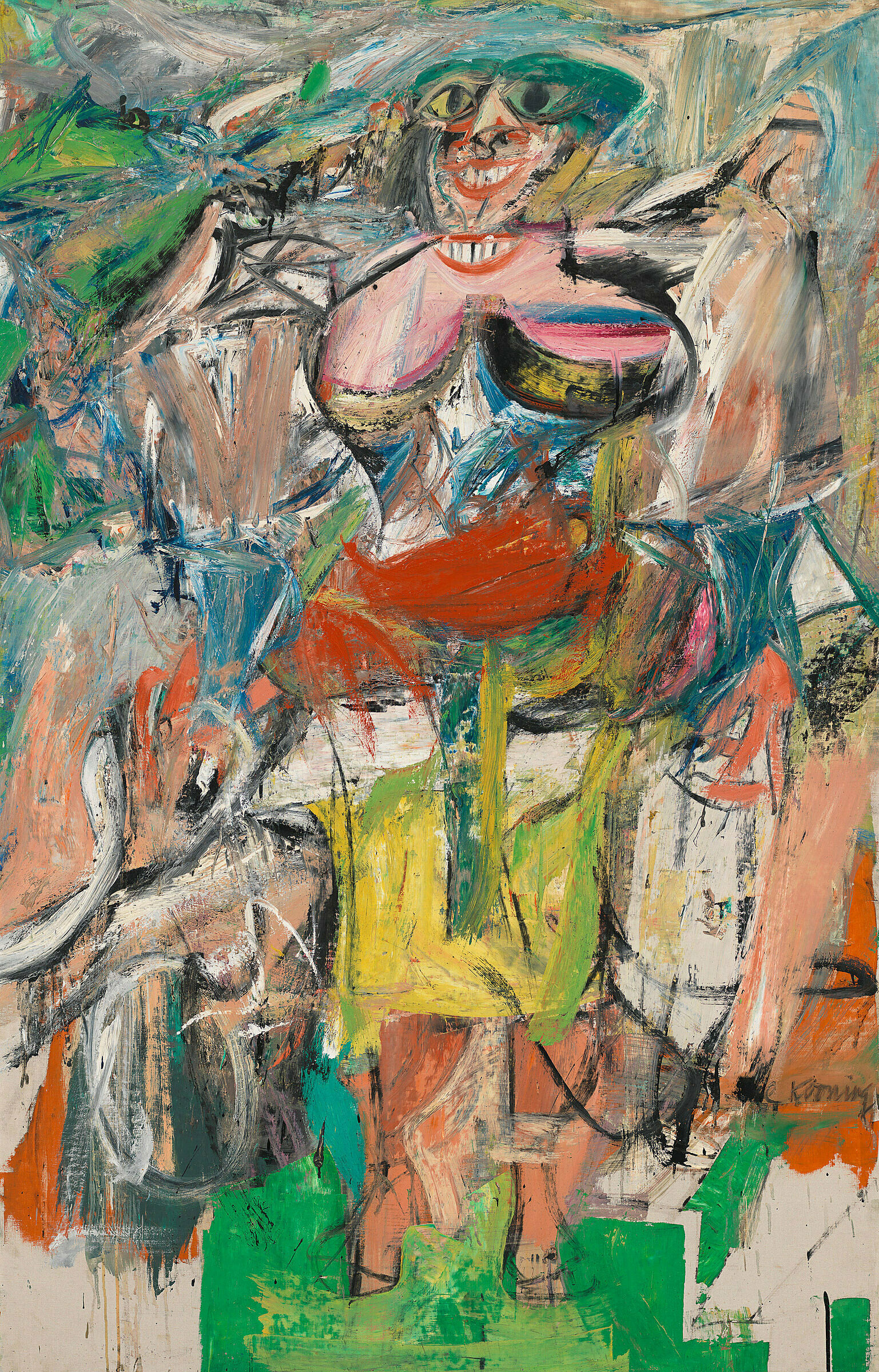Chiura Obata
1885–1975
As a young artist in Tokyo, Chiura Obata studied Japanese sumi ink-and-brush painting, a technique he continued to use throughout his life. After moving to San Francisco in 1903, Obata founded the East West Art Society and in 1932 became a professor at the University of California, Berkeley. In the summer of 1927 Obata had traveled from San Francisco to Yosemite and the High Sierra, a trip he described as “the greatest harvest for my whole life and future in painting.” Over the course of six weeks of hiking and camping, Obata produced roughly one hundred landscapes in pencil, watercolor, and sumi ink, inspired by the striking natural beauty of the wilderness.
Evening Glow of Yosemite Fall is from the World Landscape Series “America”, a portfolio of thirty-five woodblock prints, most made after his watercolors from Yosemite. Obata made the prints in Japan at the Takamizawa Print Works over the course of an eighteen-month period beginning in 1928. He worked with thirty- two wood carvers and eighteen printers, and each image required between 120 and 205 progressive proofs, resulting in an astonishing level of detail in which the hairs from individual brushstrokes are faithfully captured. Each print represents the deep impact the distinctly American landscape had on Obata, as filtered through his unique synthesis of Eastern and Western traditions and techniques. Steeped in the Zen tradition, Obata often spoke of the sublime qualities of the natural world and wrote of Yosemite Falls, “This waterfall makes the music of heaven; it is music more inspiring than man-made music.”
Introduction
Chiura Obata (小圃 千浦, Obata Chiura; November 18, 1885 – October 6, 1975) was a well-known Japanese-American artist and popular art teacher. A self-described "roughneck", Obata went to the United States in 1903, at age 17. After initially working as an illustrator and commercial decorator, he had a successful career as a painter, following a 1927 summer spent in the Sierra Nevada, and was a faculty member in the Art Department at the University of California, Berkeley, from 1932 to 1954, interrupted by World War II, when he spent a year in an internment camp. He nevertheless emerged as a leading figure in the Northern California art scene and as an influential educator, teaching at the University of California, Berkeley, for nearly twenty years and acting as founding director of the art school at the Topaz internment camp. After his retirement, he continued to paint and to lead group tours to Japan to see gardens and art.
Wikidata identifier
Q5102560
Information from Wikipedia, made available under the Creative Commons Attribution-ShareAlike License . Accessed November 26, 2025.
Country of birth
Japan
Roles
Artist, illustrator, painter
ULAN identifier
500294074
Names
Chiura Obata, Obata Chiura
Information from the Getty Research Institute's Union List of Artist Names ® (ULAN), made available under the ODC Attribution License. Accessed November 26, 2025.




